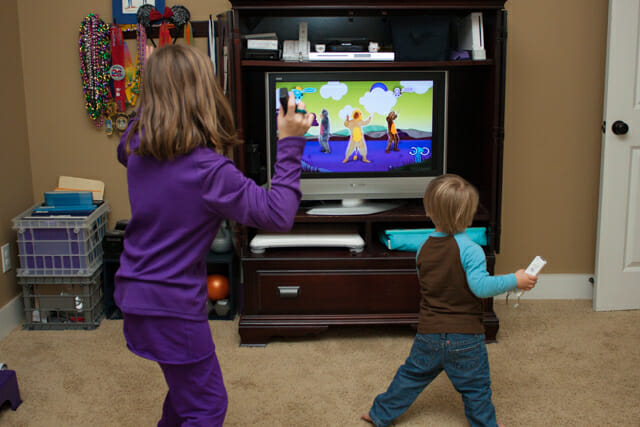When the original Nintendo Wii was released just over eight years ago, it revolutionized gaming as the first motion-control gaming console on the market. A few years later, Microsoft released its own motion-control gaming device for Xbox 360, Kinect. Both the Wii and Kinect detect player movement and incorporate it into the game, albeit in different ways. Successful with more casual users, rather than serious gamers, the Wii attracted not just all ages, but a following of physical therapists, as well.
Many rehab practitioners added the Wii into their practices, leading to the coining of the term “Wii-Hab.” Wii consoles (and, more recently, the Kinect) have been used to improve mobility and hand-eye coordination in elderly patients, to treat wounded veterans with traumatic brain or spinal cord injury and amputees, and to improve visual-perceptual processing, postural control and functional mobility in children with cerebral palsy. Studies have shown that motion control gaming, used in conjunction with traditional physical therapy techniques, is beneficial to patients, due in part to the movements themselves, and in part to the fact that it simply makes physical therapy more fun.
Another benefit of games using the Wii or Kinect is that they are reasonably priced and make it easier for the patient to continue treatment at home. It can be especially helpful in the case of children, because it can become a fun family bonding activity, rather than a chore. Check out our Kid’s Creek friend Andi’s blog post where she details how the Wii benefited her own daughter with spastic diplegia cerebral palsy.
Of course, not all video games – even many of those created for the Wii – encourage mobility and posture control, so parents who choose to have gaming consoles in the home need to be aware of the potential pitfalls of video games. I’m sure we can all agree that the last thing any parent wants is to obtain a tool to help one child who needs it for physical therapy and wind up with a different child in physical therapy to fix a problem the game caused!
According to the American Physical Therapy Association (APTA), continuous use of video games, excessive cell phone text messaging, and prolonged tapping with a stylus can lead to long-term consequences such as tendonitis, bursitis, and carpal tunnel syndrome. Another risk is what’s been dubbed “Gamer’s Thumb”, a repetitive stress injury that causes swelling at the base of the thumb. Symptoms can range from fatigue and loss of strength to minor aches and pains, burning, and tingling. To protect against injuries, APTA recommends the following:
- Keep wrists straight; do not let them bend downward when holding a game controller.
- Practice good posture while playing. Sit in a chair that provides solid back support with feet comfortably on the floor.
- Take frequent breaks. Remember to rest every 20 minutes or so to give neck, head, shoulder, and hand muscles a break.
- Look for warning signs such as headaches, fatigue, muscle pain or cramping – if you notice any of these, suggest a break or alternate activity.
As with most toys and games, video games can benefit kids if they’re used appropriately, and motion-control games can be especially beneficial for kids who are limited in their ability to get outside and do things like run and bike. As a physical therapist, though, I’m always aware of the dangers of the wrong kind of (or too much) video game play, and I hope this information helps you and your family with your gaming choices going forward.
Toula McCarty, Physical Therapist








